Is Cheese Low FODMAP? Yes, a great majority of cheeses are low FODMAP, and in fact are naturally lactose-free. Many people think the low FODMAP diet is dairy-free, but it is not. It is lower in lactose.
Cheese Can Be Low FODMAP
The question, “Is Cheese Low FODMAP?” is a great one, and while it has a nuanced answer, you will understand what you need to know when choosing any cheese by the end of this article – whether it has been lab-tested by Monash University, FODMAP Friendly, or even not lab tested at all! Serving sizes are key when it comes to assessing the low FODMAP aspect of cheeses. Always remember that the diet is “low” FODMAP, not “no” FODMAP.
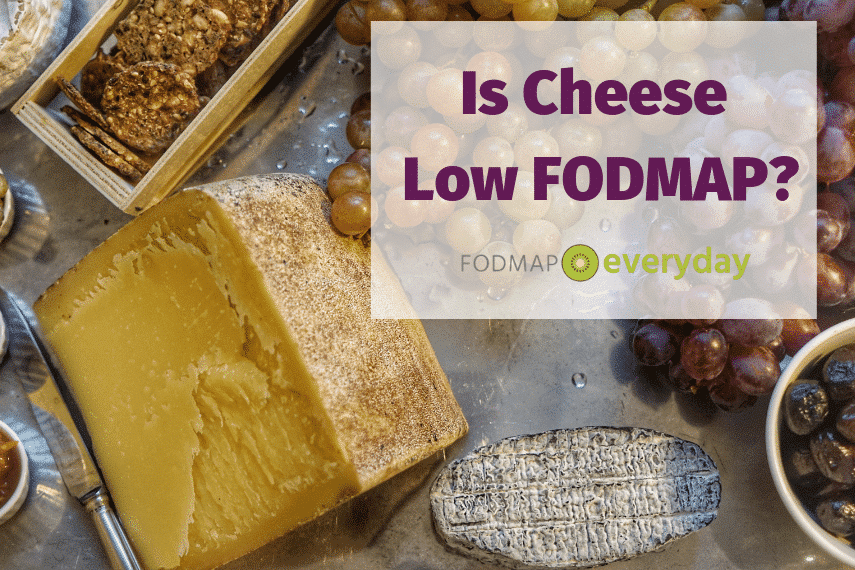
- Cheese Can Be Low FODMAP
- Please Review These Articles Before Proceeding
- FODMAPs In Cheese
- FODMAP Content In Various Cheeses
- Understanding Different Versions of Cheese: American and Other
- What About Cheeses That Have Not Been Lab Tested?
- Let’s Eat Cheese! Read Those Cheese Labels
- How Dairy Cheese Becomes Low FODMAP
- Lactose-Free Sour Cream, Cottage Cheese, Ricotta and Cream Cheese & Lactase Enzymes
- Frequently Asked Questions
- Recipes Celebrating Cheese!
- The Takeaway
Lactose Intolerance, Milk Allergy & Milk Protein Intolerance
Also, as it is always recommended that you work through the low FODMAP diet with a Registered Dietitian, you can discuss with them whether they think you need to be screened for a milk allergy, and/or a milk protein intolerance. This article is about lactose intolerance, which is what the low FODMAP diet addresses.

Please Review These Articles Before Proceeding
Please review these articles. They will be very helpful for understanding cheeses and FODMAP content, and the information within this article.
- How To Read a FDA Nutrition Facts Label
- What Is A Low FODMAP Serving Size?
- Lactose, Dairy & The Low FODMAP Diet
- What If A Food Hasn’t Been Lab Tested for FODMAPs?
FODMAPs In Cheese
Lactose In Cheese
The FODMAP that we are mainly concerned with when it comes to cheese is lactose, which is sometimes referred to as milk sugar. It is a “double sugar” (hence the “d” for “disaccharide” in the FODMAP acronym).
We have to address one nuance, and that is that this is one of those areas within the FODMAP universe where Monash University an FODMAP Friendly take different approaches, both based on science. (You can read more in our articles, Monash University Lab Testing Explained and FODMAP Friendly Lab Testing Explained).
Monash University uses a threshold for lactose of < 1.00 g per serving. FODMAP Friendly uses a threshold of ≤4 g of lactose per serving. Always understand that these thresholds are all guidelines and that individual tolerance may vary.
Monash University uses a FODMAP threshold for lactose of < 1.00 g per serving. FODMAP Friendly uses a threshold of ≤4 g of lactose per serving. Always understand that these thresholds are guidelines and that individual tolerance may vary.
As you learn more about the diet, you will understand that what the lab tests determine, and what the apps say, is far less important than your relationship with FODMAPs. The app amounts are guides with which you begin your exploration of your relationship to FODMAPS. Ultimately, what amount of a food you can tolerate will most likely be different from what is listed in the apps.
Additional FODMAPs in Cheese
We truly hope that you have read our article on the FDA Nutritional Panel by now. To assess FODMAP content in cheeses we suggest that you locate the Total Carbohydrate (Carb) section on the nutrition facts panel. This section contains information on Dietary Fiber and Sugars. While lactose is represented by the “Sugars” (remember, it is milk sugar) – and we have discussed above that you can use the less than 1 g, or less than 4 g, parameters – the Dietary Fiber means there could be high FODMAP ingredients such as inulin, and inulin-type fructans (per the FDA definitions) in the cheese.
Look at this label for cottage cheese below:

This product shown above is low lactose (as Sugars state 1 g), but we would not consider this item to be low FODMAP due to the 5 g of dietary fibers. This will most often appear with softer cheeses and processed cheese products, and not true cheeses, such as cheddar, Parmesan, etc.
It is our dietitians’ recommendation that you look at the Total Carb amount, not just the Sugars, for this very reason.
At FODMAP Everyday® we have done this work for you when it comes to recipes. If you see our kiwi icon at the top of a recipe, that means the recipe has been designated as low FODMAP per serving and is suitable to eat even during Elimination – complete with cheese.
How To Use The Differing Disaccharide Thresholds
Now you know that you need to look at the Total Carbs of a cheese to assess its FODMAP content.
For lactose, a conservative approach would be to use Monash’s 1 gram or less per serving as your guide, however, there are many scientific studies that place the threshold for lactose tolerance as much higher. As stated before, FODMAP Friendly uses a threshold of ≤4 g of lactose per serving. You can use either of these thresholds as your baseline.
Reviewing our article, When Monash University and FODMAP Friendly Low FODMAP Lab Test Results Differ, would be very helpful at this juncture.
What Is A Serving Size of Cheese?
So, how much cheese can you eat? It is going to depend on the specific cheese, but if you look closely at the cheese entries in both the Monash University and FODMAP Friendly apps, you will notice that servings are often quite generous.
As our article What Is A Low FODMAP Serving Size? explains, serving sizes are determined in a variety of ways. Government healthy eating guidelines figure heavily into how serving sizes are determined. When it comes to cheese, FODMAPs stay low even for quite large servings. Let’s look at cheddar:
Monash University says a low FODMAP serving size of cheddar cheese is 40 g and this amount sports a Low FODMAP Green Light symbol. But note that there are no Yellow (Moderate) or Red (High) FODMAP amounts listed. Read the fine print: “The food remains low in FODMAPs in a serving size up to 500 g.” That is over a pound!
FODMAP Friendly says a low FODMAP serving size of cheddar cheese is 42 g. The max serve, according to them, is 441 g.
Folks, you can enjoy cheese! Note that many cheeses are high fat, and while not a FODMAP, fat can be an IBS trigger for some. Know your tolerances.
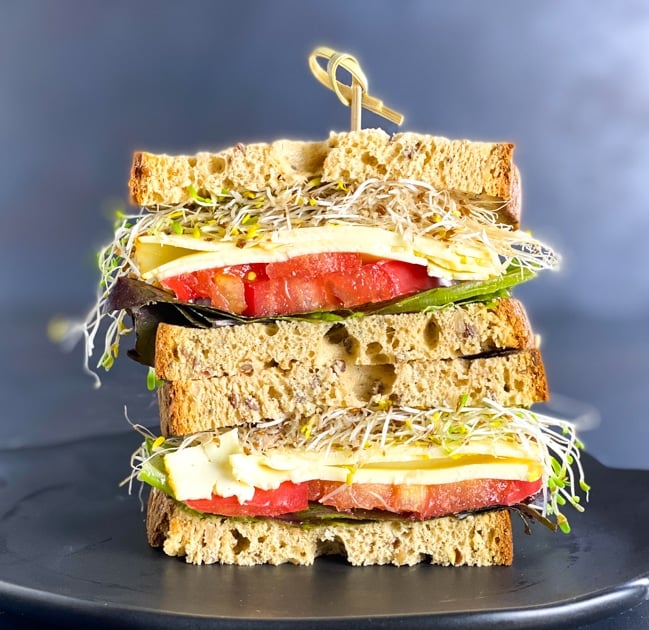
FODMAP Content In Various Cheeses
This article addresses real dairy cheeses (and American cheese; more on that later), made from cow’s milk, goat’s milk and/or sheep’s milk (you might sometimes also come across cheeses made from a blend of dairy milks).
Limitations of the Cheeses Listed in the Apps
CAVEAT: As with any of the generic entries in the apps (meaning the app entries where a brand is not specified), while we know that both Monash and FODMAP Friendly lab test several versions/batches of whatever they are testing, we do not have any other information. We do know that what they test is typically limited to what they can source locally. Let’s look at brie as an example. Brie can be unpasteurized or pasteurized. It can contain 45% butterfat or up to 75% butterfat, and higher. Fat is not a FODMAP, but the higher the fat, the lower the carbohydrates. So, when all we see are the words “brie” on the apps, there is actually a fair amount of information lacking, which reinforces that fact that the app entries are just starting points. The brie you buy might be very different from the bries that were lab tested.
FODMAP Content in Cheeses At-a-Glance
Many cheeses have been lab tested for FODMAP content and you can look them up easily on the Monash Smartphone App and FODMAP Friendly app. In our list below, suggested amounts by Monash University are represented by (M); those for FODMAP Friendly are followed by (FF). If information is missing it is because it is not available:
- Brie: low FODMAP at 1 ½ ounces (40 grams) per serving; remains low FODMAP up to 500 g (M) .35-ounce (10 g), max serve 3.67-ounces (105 g) (FF).
- Cheddar: low FODMAP at 1 ½ ounces (40 grams) per serving; remains low FODMAP up to 500 g (M). 1.48-ounces (42 g), with a max serve of 15.54-ounces (441 g) (FF).
- Cottage Cheese: low FODMAP at 2 Australian Tablespoons (40 g) per serving; becomes Moderate for FODMAPs at 60 g (M). 1.41 ounces (40 g), max serve 2.12-ounces (60 g) (FF).
- Cream Cheese: low FODMAP at 2 Australian tablespoons (40 g) per serving; becomes Moderate for FODMAPs at 80 g (M). 2.86-ounces (81 g), max serve 4.29-ounces (121.5 g) (FF).
- Feta: low FODMAP at 1 ½ ounces (40 grams) per serving; remains low FODMAP up to 500 g (M). Goat feta .88-ounces (25 g), max serve 9.68-ounces (275 g) (FF).
- Goat cheese (such as Montrachet): low FODMAP at 1 ½ ounces (40 g) per serving; becomes Moderate for FODMAPs at 250 g (M). .53-ounce (15 g), max serve 3.18-ounces (90 g) (FF).
- Havarti: low FODMAP at 1 ½ ounces (40 grams) per serving (M) . No further information given.
- Monterey Jack: low FODMAP at 1 ½ ounces (40 grams) per serving; remains low FODMAP up to 500 g (M).
- Mozzarella: low FODMAP at 1 ½ ounces (40 grams) per serving; no further information given (M). 2.12-ounces (60 g), max serve 23.32-ounces (660 g) (FF).
- Ricotta: low FODMAP at 2 Australian tablespoons (40 g) per serving; becomes Moderate for FODMAPs at 120 g (M); 1.48-ounce (42 g), max serve 5.18-ounces (147 g (FF).
- Swiss: low FODMAP at 1 ½ ounces (40 grams) per serving; remains low FODMAP up to 500 g (M). 1.48-ounces (42 g), max serve 15.54-ounces (441 g) (FF).
- American Cheese: Please see section below.

FODMAP Content of American “Cheese”
In the United States, cheese is defined in the Code of Federal Regulations as:
“The fresh or matured product obtained by draining after coagulation of milk, cream, skimmed, or partly skimmed milk, or a combination of some or all of these products, and including any cheese that conforms to the requirements of the Food and Drug Administration for cheeses and related cheese products (21 CFR part 133).“
This definition includes many cheeses you know and love, such as cheddar, mozzarella, Parmesan, Monterey jack and many more. It does not include American “cheese”, which is actually formally termed a “pasteurized process cheese food”.
I do feel the need to defend American cheese makers for a moment. There are amazing cheeses made here in America, that have won international awards, such as Rogue River Blue, Caciotta Goat, Sierra Nevada Organic White Farmhouse Cheddar and others. But what we are talking about here is that food called American “cheese” sold as individual wrapped slices from the refrigerated dairy case, or sliced to order off of a rectangular block at the deli counter.
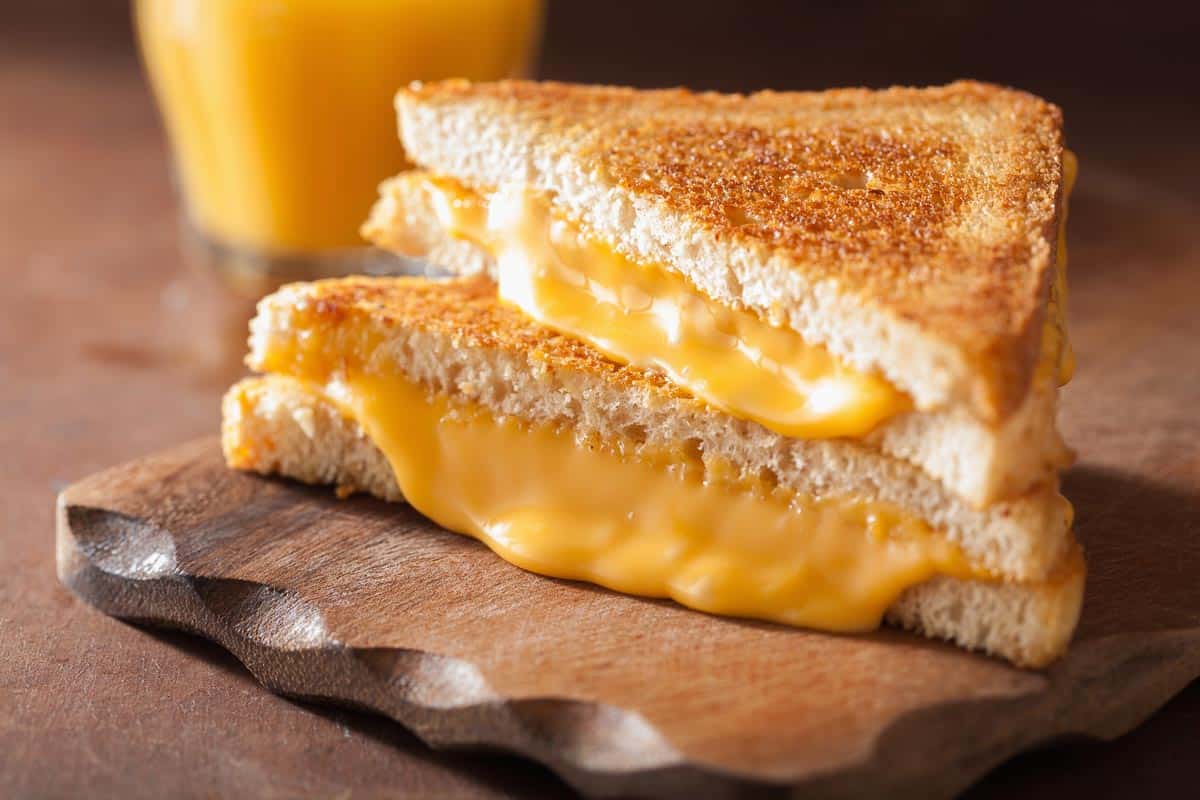
Monash University on American “Cheese”
We directly communicated with Monash University researchers about their app entries for various American cheeses, as the findings did not make sense to us. On the Monash app, the white pre-wrapped singles is shown as higher FODMAP (or seemed to be at first glance) sporting a Yellow Light next to it (indicating Moderate FODMAP content), versus the Green Light next to the orange pre-wrapped singles, and the orange deli style American cheese (indicating Low FODMAP content).
Specifically, after reviewing many American cheese products here in the U.S., the only difference between one brand’s yellow/orange American cheese product, and their white version was coloring, typically from paprika, annatto and/or turmeric. It did not make sense that coloring would create a higher FODMAP profile.
Upon closer examination, note that the serving sizes are not the same. It is always a good reminder to look at weight – for any and all of the app entries. For the white versions that Monash lab tested, 1 serving weighed 21 g, while the orange is 19 g. The orange became Moderate for FODMAPs at 20 g. This would explain the difference in how the items were presented in the app in terms of Green Light versus Yellow Light.
Note that in reviewing slices here in the U.S., we found them to range from 17 g to 21 g a piece. So, a “slice” is not just a “slice”.
Monash’s app entries, however, do not help us understand how the deli sliced-to-order American “cheese” has a low FODMAP serving size of 28 g. We can only assume these cheeses have different ingredients, but without additional and specific information, we cannot really know why. (See the next section on Understanding Different Versions of Cheese: American and Other for our findings on how ingredients differ).
Here is what Monash researchers said about American cheese, in our private correspondence:
“…With highly processed foods like this cheese, it is hard to say exactly why the FODMAP content is that little bit different between these. Factors like not knowing the exact amounts of the ingredients, the exact methods of processing etc can all contribute to this little difference.”
Understanding Different Versions of Cheese: American and Other
American cheese can come sliced, and in blocks, in addition to different colors (yellow/orange or white). They do not typically have the same ingredients. So again, if you are looking at something that just says “American cheese” and you have no further info, like on the apps, or on a fast food menu, you are at best making an educated guess as to FODMAP content (which is okay, since we encourage you to use the apps just as a guide, anyway).
Let’s compare a high quality cheddar cheese to three different American cheese products made by Kraft (which makes America’s #1 selling American “cheese”):
- Cheddar Cheese: Pasteurized milk; cheese cultures; salt; enzymes.
- Kraft American Cheese Singles: Cheddar cheese (cultured milk, salt, enzymes), skim milk, milkfat, milk, milk protein concentrate, whey, calcium phosphate, sodium phosphate, contains less than 2% of modified food starch, salt, lactic acid, oleoresin paprika (color), natamycin (a natural mold inhibitor), enzymes, cheese culture, annatto (color). One slice is 21 g.
- Kraft Deli Deluxe American Cheese slices: American cheese (milk, cheese culture, salt, enzymes), water, milkfat, sodium citrate, calcium phosphate, salt, sodium phosphate, sorbic acid as a preservative, oleoresin paprika (color), annatto (color), with sunflower lecithin added for slice separation. One slice is 19 g.
- Kraft American Cheese Loaf (block style): cheddar cheese (milk, cheese culture, salt, enzymes), whey, milk protein concentrate, sodium phosphate, contains less than 2% of milkfat, salt, lactic acid, sorbic acid as a preservative, apocarotenal (color).
It is very easy to see that the American cheeses are nothing like the cheddar cheese, and in fact, differ from one another as well. To state yet again, we do not know what the ingredients are for the American cheeses lab tested by either Monash or FODMAP Friendly, so use their information as guidance, not strict, static data.
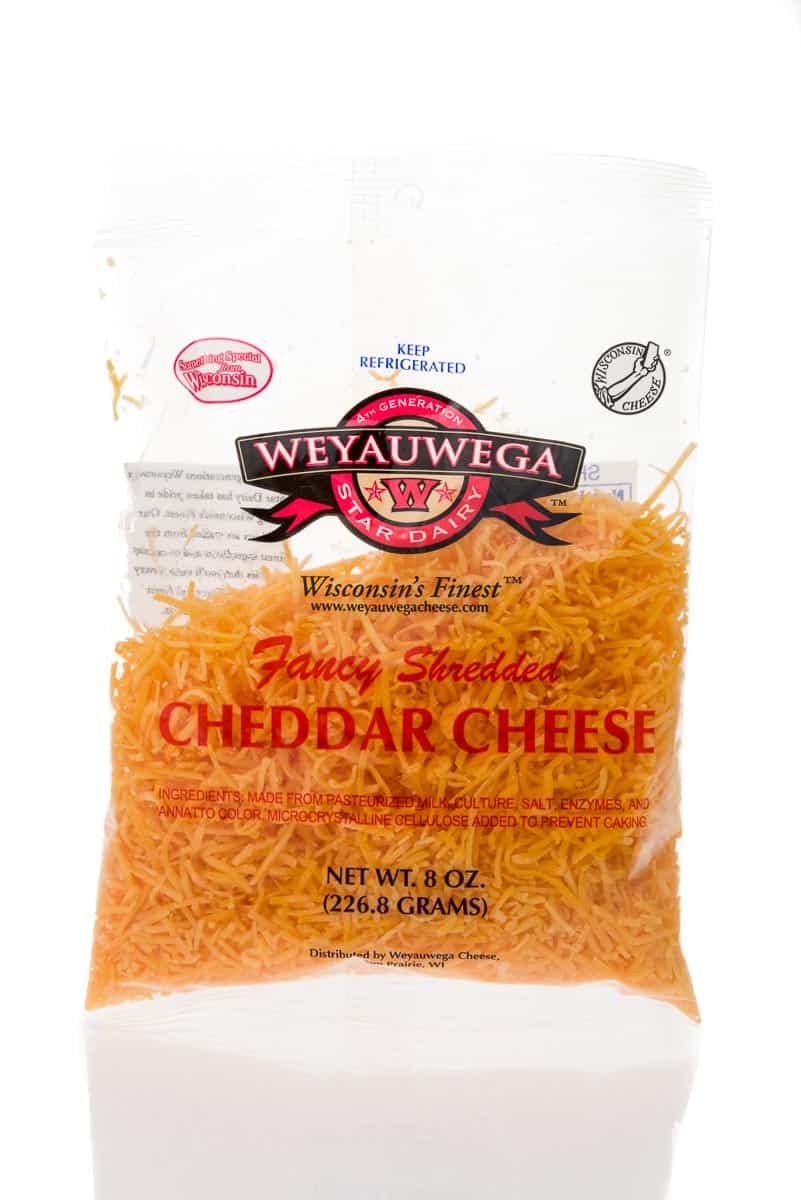
Shredded Cheese
Shredded cheeses typically have additives to help the shreds retain their shape and not become a gooey mass. These can range from cornstarch to potato starch, or cellulose, as well as mold inhibitors. None of these are FODMAP problems, but you should know what you are buying, especially if you have sensitivities beyond FODMAPs.
In addition, while buying shredded cheese is convenient, these additives make the cheese melt poorly, so it you are looking for a shortcut for your lasagna or nachos, just know that you might not get the same desirable gooey result.
What About Cheeses That Have Not Been Lab Tested?
But what about cheeses that are currently not lab-tested? We know you want to know if you can eat them, and with over 1,800 cheeses in the world, we are sure they will never all be lab tested.
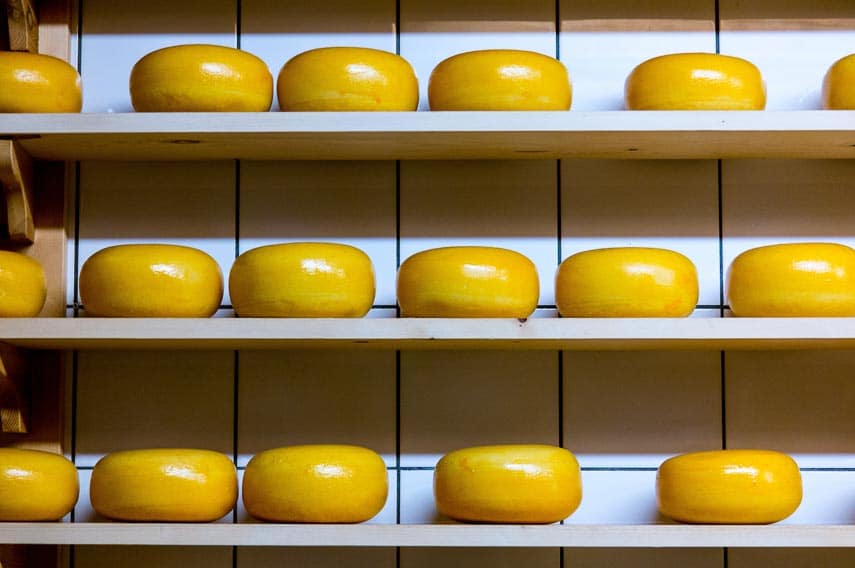
And, as usual, you have to read labels, specifically the black and white FDA Nutrition Facts Label (this information below can be extrapolated for labels in other countries).
Note that when you buy from a cheese store or specialty department, their cheese is cut to order and will not have the FDA label. We chose cheeses for our images that are prepackaged so that you can see the FDA Nutrition Facts Labels.
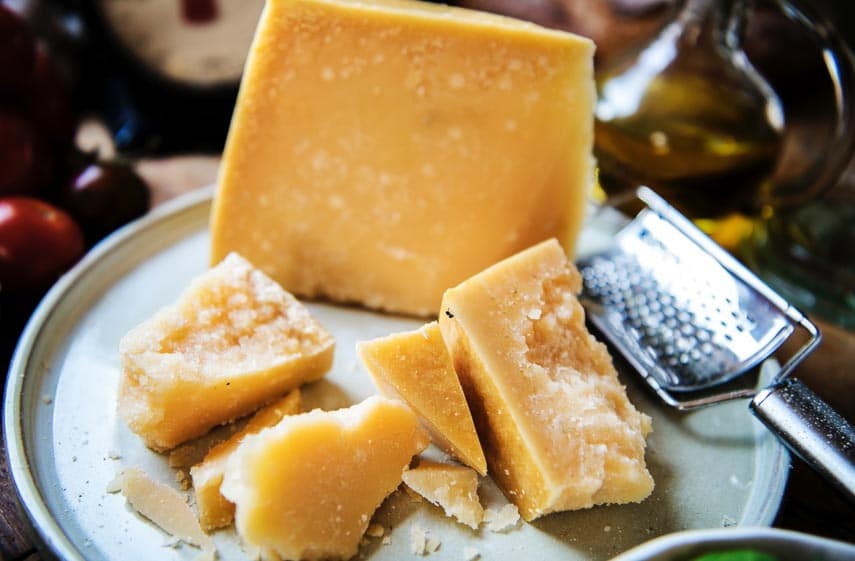
Let’s Eat Cheese! Read Those Cheese Labels
Let’s look at an American domestic blue cheese label below. You can see that the Total Carbs per serving is less than 1 g. This means that you can enjoy this blue cheese even during Elimination in the serving size stated, per the conservative approach to lactose taken by Monash.
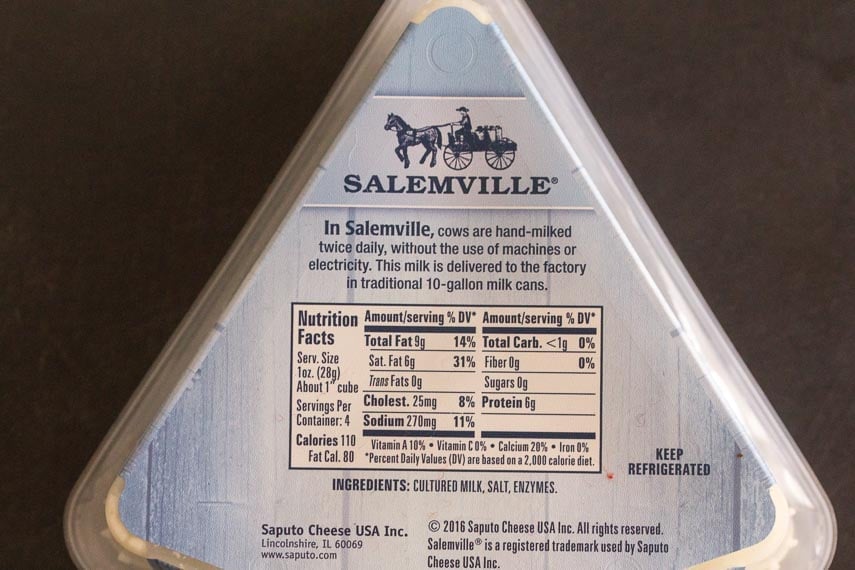
For you blue cheese fans, here is a label below from an aged Roquefort cheese. Total Carbohydrates per serving is 0 g. Again, this is suitable while on the low FODMAP diet, per serving.
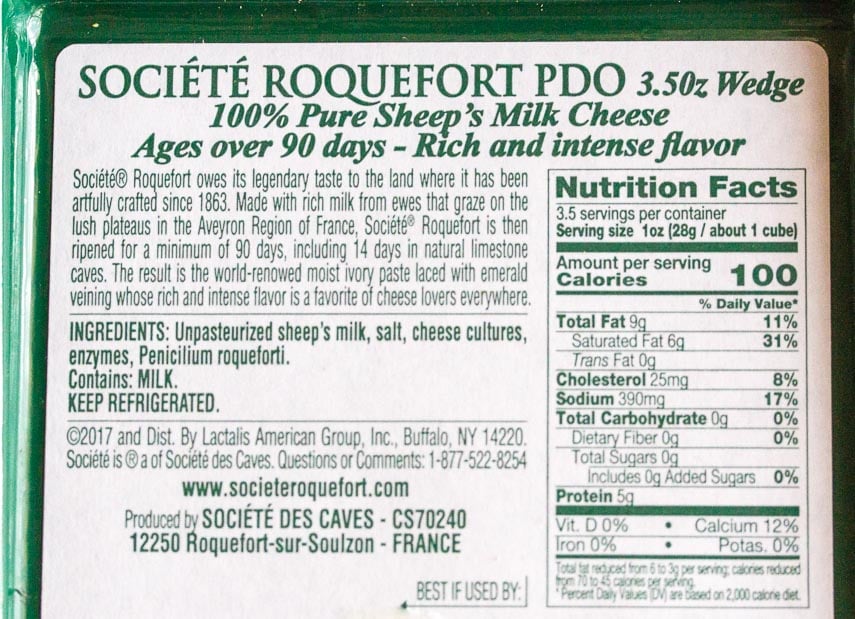
Please note that Monash has not specified what blue cheese they have lab tested. They vary greatly, from very creamy mild cambozola, to super sharp Roquefort. Their FODMAP content could vary as well. Also, Monash has detected fructans in the blue cheese that they did lab test, but not until servings of 195 g.
Here is a Gruyere cheese label below complete with its information that there are 0 g Total Carb.
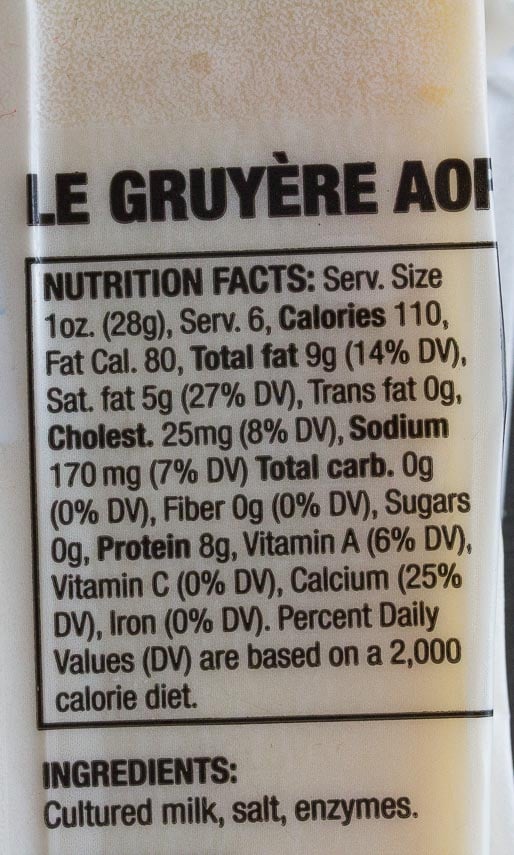
On the Jarlsberg label below you can see that they have very helpfully stated that the cheese is “naturally lactose free”. The FDA Nutrition Facts Label shows us that per serving the Total Carbs are 0 g. This is appropriate for you to eat from a FODMAP perspective even during the Elimination Phase.
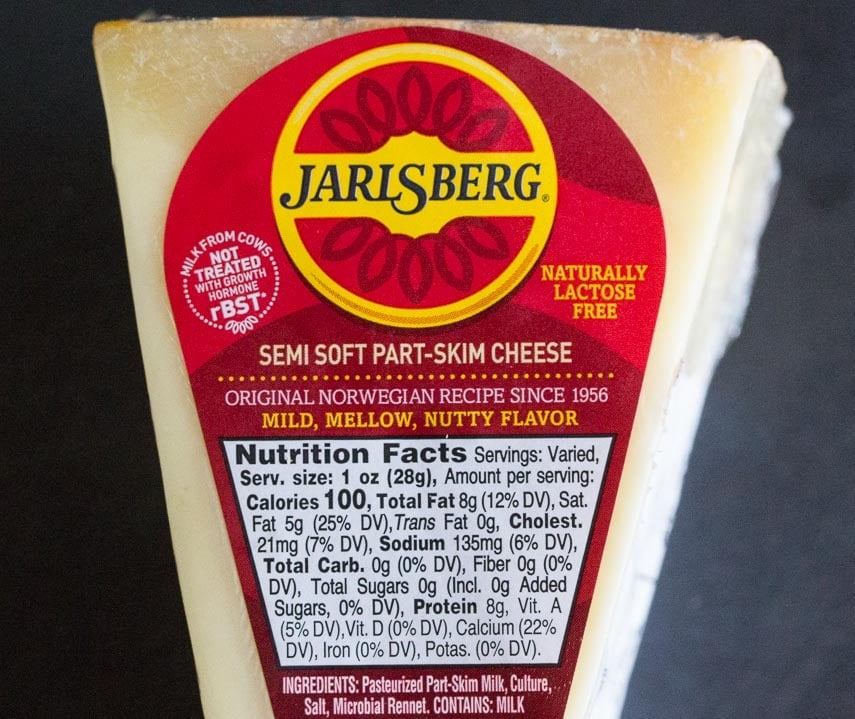
Here below we have a Provolone label, which is also low FODMAP at 0 g per serving.
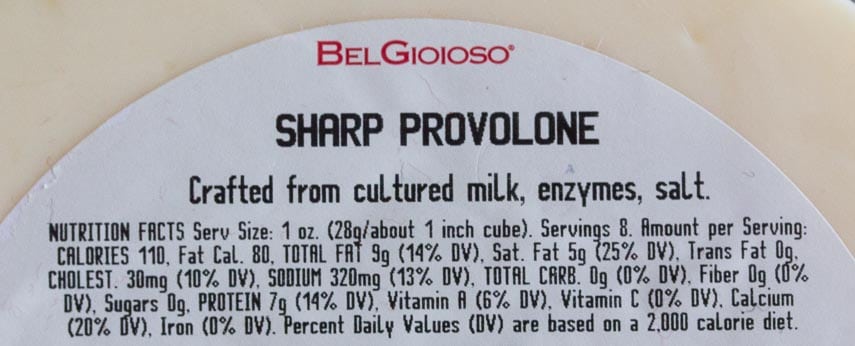
Parmesan cheese is one of the most beloved cheeses, and we use it in many recipes. The Parmesan label below shows less than 1 g per serving Total Carbs. Parmesan is low FODMAP!
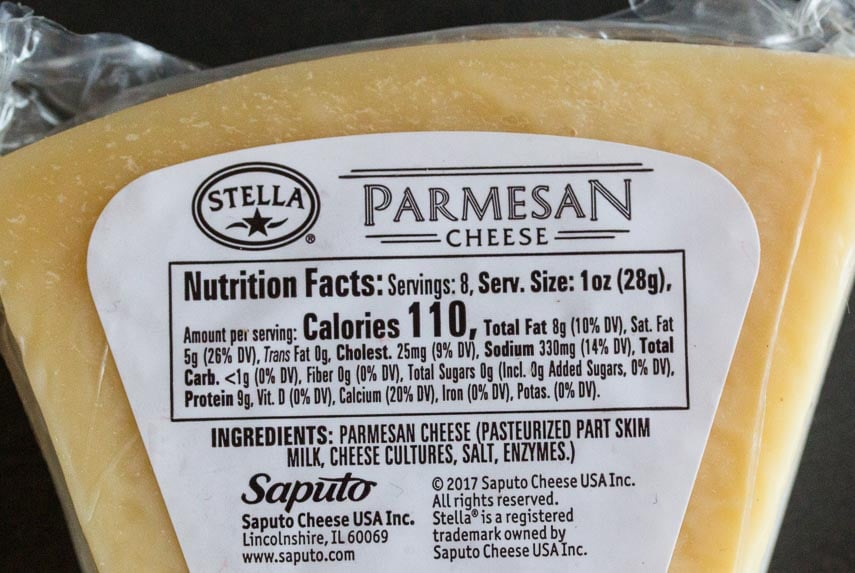
And finally, below, I took a picture of Fontina for you. Total Carbs 0 g and appropriate for Elimination Phase.
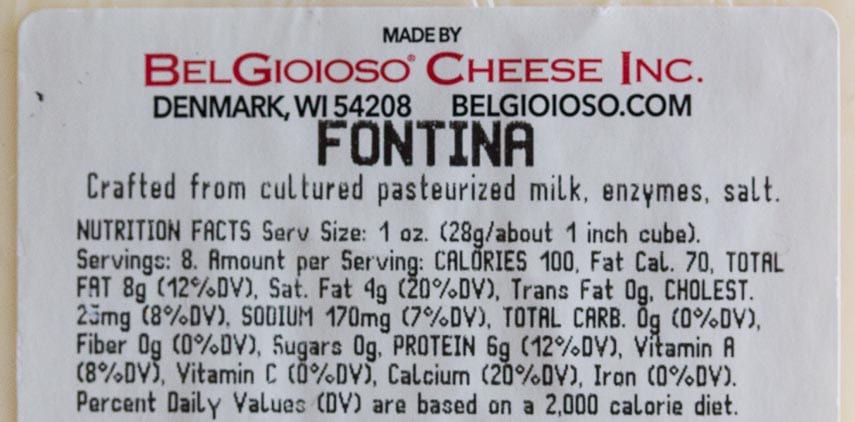
How Dairy Cheese Becomes Low FODMAP
You might have noticed that in the initial list of cheeses (up top) that there are a few soft fresh cheeses listed such as cream cheese, cottage cheese and ricotta as well as harder, aged cheeses, such as cheddar and Swiss.
Soft and hard cheeses are made differently, but all of them have low FODMAP amounts.
Understanding how they are made will help you understand their FODMAP content from a different perspective than reading labels.
(BTW you can make your own low FODMAP ricotta. Our recipe is easy and it makes the most amazing Ricotta Gnocchi.)
Making Soft, Fresh Cheeses
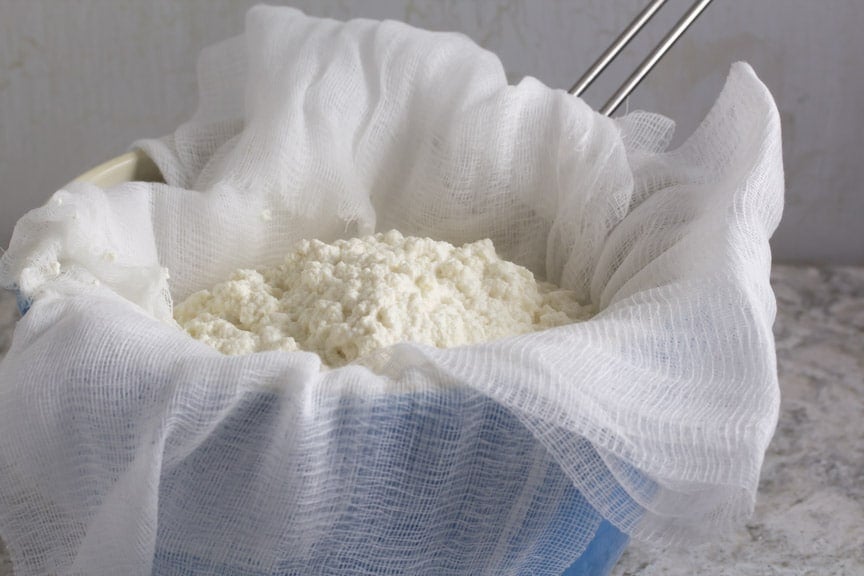
Making ricotta can be as easy as heating milk, adding a coagulant (such as vinegar or lemon juice), watching curds form, separating the curds from the liquid whey and then draining the curds in cheesecloth for a brief period of time. The lactose is in the whey and a good quantity of it is drained away.
The resulting drained curds are the ricotta, but since the ricotta is still fairly wet, some lactose remains in the ricotta – assuming you have used regular whole milk as commercial ricotta producers’ use. (Our ricotta recipe begins with lactose-free milk, so it is lactose-free from the get-go. Our recipe also also illustrates all of these steps in images, which show you how easy it is to make).
Making Hard, Aged Cheeses
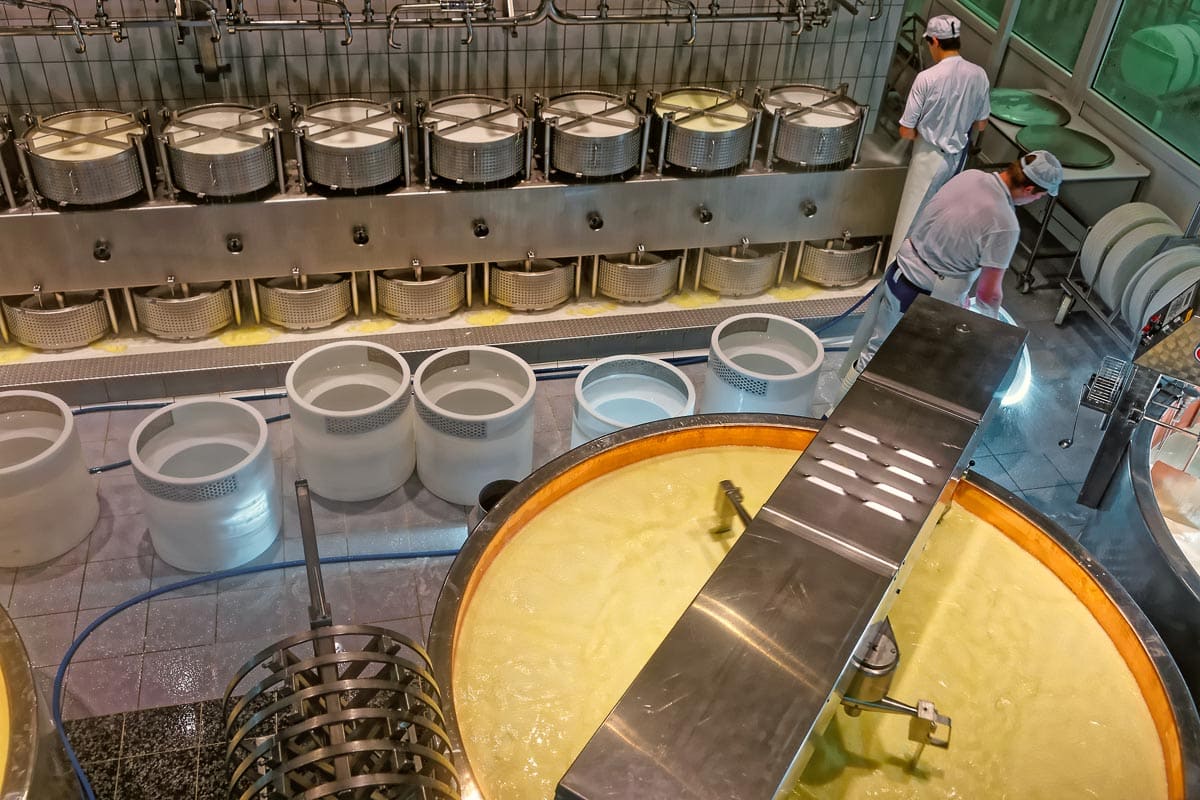
Making hard, aged cheese, such as the gruyere shown above, is a bit more involved. Once the curds are separated from the whey, the curds are placed in presses. This is what makes a large cheese wheel round, for instance; the press frame is round. The curds are shaped in the press and also exposed to pressure (hence the term “press) during which much more whey (and therefore lactose) is removed and drained away than during the fresh, soft cheese making process, such as the ricotta described above. This is why these harder cheeses are lower in lactose than fresh, soft cheeses.

Ready to try a recipe? Check out our Welsh Rarebit (seen above) or our hugely popular Cheesy Pull-Apart Bread!
For a breakfast or snack treat, try the Low FODMAP Olive Oil Muffins with Goat Cheese & Raspberries.
Lactose-Free Sour Cream, Cottage Cheese, Ricotta and Cream Cheese & Lactase Enzymes
Conventional sour cream, cottage cheese, ricotta and cream cheese all have small low FODMAP serving sizes, and there is often no need to buy a lactose-free version of them, but we will discuss all of these here.
Lactose-free versions of foods that have lactose content are created by the addition of lactase enzyme. The enzyme breaks down the lactose in the food, and you end up with a lactose-free (or nearly so) dairy product.
When we do not want to be restricted by the low FODMAP serving sizes of conventional cheeses, such as when making Cream Cheese Frosting, or a dairy-rich recipe like Noodle Kugel or lasagna, we will use lactose-free versions. In our experience in our Test Kitchen, every lactose-free sour cream and cottage cheese we have tried has performed in recipes exactly like the conventional version. The same cannot be said of lactose-free cream cheese.
Now, if you just want to spread lactose-free cream cheese on a low FODMAP bagel, any brand will do, but if you are incorporating it into a recipe, such as our Rugelach, we have found different brands perform quite differently. Some even liquify upon beating, or any agitation. Our suggestion is to use what is recommended in individual recipes, and if a recipe just says “lactose-free cream cheese” then we wouldn’t trust that the recipe was developed or tested thoroughly.
Note that you can also take a lactase enzyme if you are very sensitive to lactose. We discuss this in more detail in our article, Enzyme Supplementation & the Low FODMAP Diet: Can it Work for YOU? Note that not all Lactaid tablets are low FODMAP, as they contain mannitol. Stick with the Lactaid Fast-Act Caplets, which are low FODMAP.

Frequently Asked Questions
Here, in a quick glance form, are the answers you are looking for about cheeses and FODMAPs. Please refer to your Monash University and FODMAP Friendly apps for specific serving sizes.
No, the low FODMAP diet is not dairy-free. It is lower in lactose. Lactose is a milk sugar represented by the “D”, for disaccharide, in the FODMAP acronym. Always remember that the diet is “low” FODMAP, not “no” FODMAP, therefore there can be low amounts of lactose in a food and it can be low FODMAP.
Yes, many cheeses are low FODMAP. It mostly comes down to serving size. Hard cheeses such as Parmesan and cheddar are naturally so low in lactose that they are low FODMAP in generous serving sizes.
Many cheeses are considered lactose-free without any special processing. During the process of making cheese, especially hard cheeses, the lactose is drained away. This is also why the lactose is usually higher in softer cheeses, where the lactose has not been removed to such a great degree.
You do not have to buy any special cheeses in order to enjoy lactose-free cheese. We have seen some labels recently say “lactose-free” on conventional cheese packaging, but this is not because the cheese was specially prepared, it is just the brand taking advantage of marketing and people looking for lactose-free products. That cheese was always lactose-free!
Some softer cheeses, like cottage cheese and cream cheese, do come in lactose-free versions. Look for lactase enzyme listed in the ingredients.
No one knows what will trigger your IBS, as it presents differently for everyone. If you are particularly sensitive to lactose and/or fat, it is possible that cheese could trigger digestive upset.
Yes, cottage cheese does have a low FODMAP serving size.
Yes, cream cheese does have a low FODMAP serving size.
Yes, goat cheese does have a low FODMAP serving size.
Below is our Roasted Delicata Squash & Arugula Salad with Goat Cheese and Pomegranate.
Yes, mozzarella cheese does have a low FODMAP serving size.
Yes, blue cheese does have a low FODMAP serving size.
Yes, Swiss cheese does have a low FODMAP serving size.
Yes, provolone cheese does have a low FODMAP serving size.
Yes, ricotta cheese does have a low FODMAP serving size.
Yes, farmer cheese does have a low FODMAP serving size.
Here we used it in our Viennese Farmer Cheese Cake.
Yes, gouda cheese does have a low FODMAP serving size.
Yes, Monterey jack cheese does have a low FODMAP serving size.
Yes, feta cheese does have a low FODMAP serving size. Feta can be based on goat’s milk, cow’s or sheep, or a combo, all of which can be low FODMAP in certain serving sizes.
We use it in this recipe for Low FODMAP Four Cheese Baked Penne.
Yes, pepper jack cheese does have a low FODMAP serving size. Note that hot peppers can be a gut irritant for some.
Yes, cotija cheese does have a low FODMAP serving size.
Yes, muenster cheese does have a low FODMAP serving size.
Yes, colby cheese does have a low FODMAP serving size.
Yes, colby jack cheese does have a low FODMAP serving size.
Yes, string cheese does have a low FODMAP serving size.
Yes, blue cheese dressing can have a low FODMAP serving size. Try our recipe for Low FODMAP Blue Cheese Dip & Dressing.
Here below it is part of our Loaded Low FODMAP Wedge Salad.
Yes, havarti cheese does have a low FODMAP serving size.
Yes, asiago cheese does have a low FODMAP serving size.
Yes, Velveeta does have a low FODMAP serving size. Velveeta is a “pasteurized recipe cheese product”, similar to American cheese, and has many more ingredients than true cheeses, and a higher lactose content than many. If you go by the more generous approach to lactose that FODMAP Friendly takes, Velveeta does have a low FODMAP serving size.
Yes, Fontina cheese does have a low FODMAP serving size.
We use it with other cheeses in our Grilled Pizza recipe.
Yes, the original Laughing Cow cheese does have a low FODMAP serving size.
Boursin, in the classic flavor, contains garlic, so while it only contains 1 g of Total Carbs per serving, and is therefore low in lactose and potential fibers, we would not recommend it during the Elimination Phase due to the garlic.
There is no one kind of vegan cheese. Many vegan cheeses have high FODMAP ingredients and serving sizes, but there are some that are low FODMAP. You have to check individual labels.
Also, technically, vegan cheeses are not cheeses at all, which is why the labels often say something to the effect of “cheese alternative”.
Because it is so easy to find low FODMAP real cheese, people following the diet often do better with those classics, rather than trying to find an “alternative” cheese in the thinking that the diet is dairy-free, which it is not.
We often hear people ask, what kind of cheese is low FODMAP? The answer is so many! Typically harder cheeses such as cheddar, Swiss, and Parmesan have very generous low FODMAP serving sizes, but even fresh, soft cheeses like cottage cheese and cream cheese has small low FODMAP serving sizes.
According to Monash University lab testing, cheddar is low FODMAP at 1 ½ ounces (40 grams) per serving, and remains low FODMAP up to 500 g.
FODMAP Friendly lab tests state that 1.48-ounces (42 g) is low FODMAP, with a max serve of 15.54-ounces (441 g).
We use cheddar in this recipe for Low FODMAP 7-Layer Dip.
Parmesan cheese, via its production, becomes lactose-free. The milk sugars (lactose) are drained away during its creation.
There are many cheeses that are naturally lactose-free or low lactose. You can see the lists within this article. You do not have to buy special (potentially expensive) cheeses that are labeled as “lactose-free”. Learn how to read the nutritional panel, as described elsewhere in this article.
Everyone’s lactose intolerance will present differently, but a generalization is that soft, fresh cheeses, such as cottage cheese, have a higher lactose content than hard cheeses, such as cheddar. You could very well tolerate cheddar and Parmesan, and not tolerate conventional cottage cheese and cream cheese.
A hard cheese has had so much of the whey drained away during its production, that it has a very firm (hard) texture, hence the description. The lactose is in the whey; therefore lactose is removed and drained away to a higher degree than when making fresh, soft cheeses, like ricotta.
Everyone’s lactose intolerance will present differently, but a generalization is that harder and aged cheeses, such as cheddar, Parmesan, Swiss, etc. will be tolerated better than softer cheeses, such as conventional cottage cheese and cream cheese, which contain more lactose and possible fibers.
Recipes Celebrating Cheese!
We love cheese and know you do, too, and we have the largest, most enticing, delectable collection of low FODMAP recipes highlighting cheese anywhere! Which will you try first? Here is just a sampling of the hundreds of cheesy recipes that we have waiting for you:
- Chili Mac
- Chicken & Bacon Mac and Cheese
- Potato Cheese Gratin with Mushrooms
- Smoky Spicy Chicken Wings with Blue Cheese Dip
- Lime Cheesecake Dip
- Chicken & Spinach Lasagna Bake
- Baked Ziti with Sausage and Swiss Chard
- Buffalo Shrimp Pasta
- Beer Bread
The Takeaway
Whether a cheese has been lab tested or not, you can assess its FODMAP content by reading the FDA Nutrition Facts Label (or equivalent). Monash University uses a threshold for lactose of < 1.00 g per serving. FODMAP Friendly uses a threshold of ≤4 g of lactose per serving. Both approaches are evidence based. Always understand that these thresholds are all guidelines and that individual tolerance may vary.
You can review the Total Carbs comprised of the Dietary Fibers and Sugars on the label of the cheese in question to make a determination of the low FODMAP serving size of any cheese.
Time to choose a cheesy recipe to make!

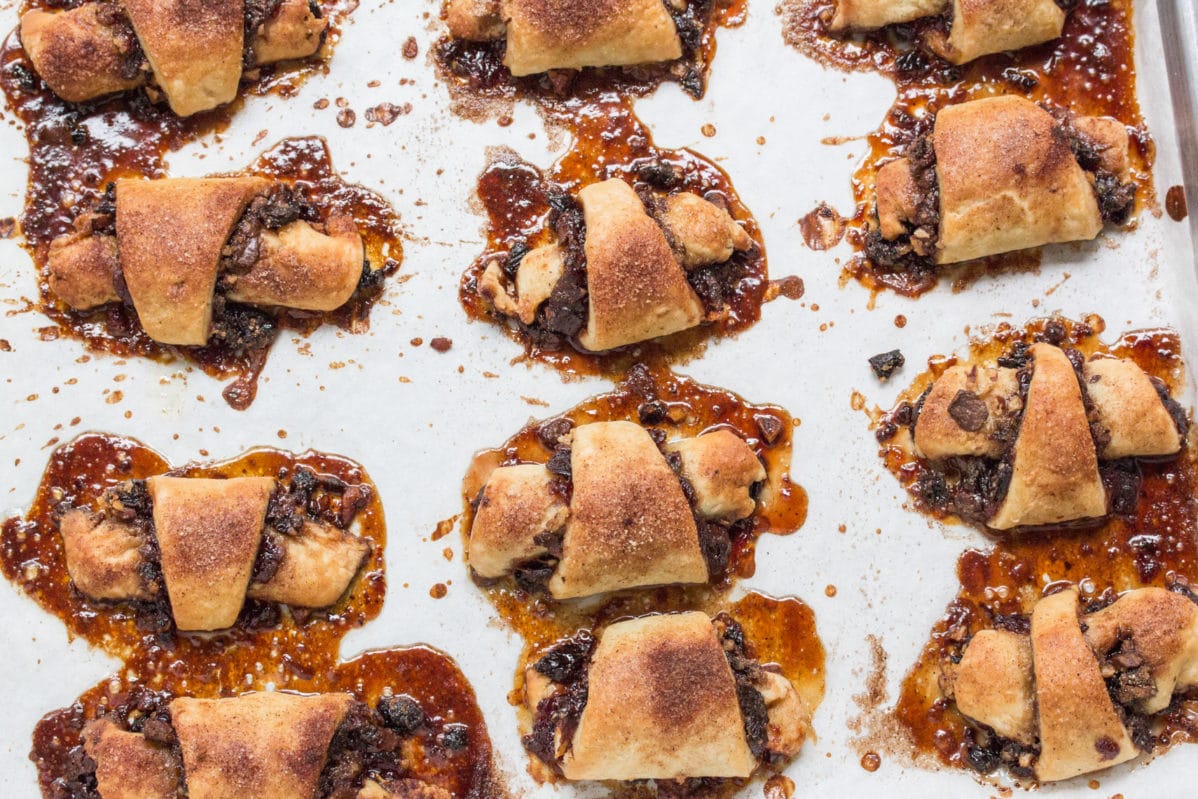



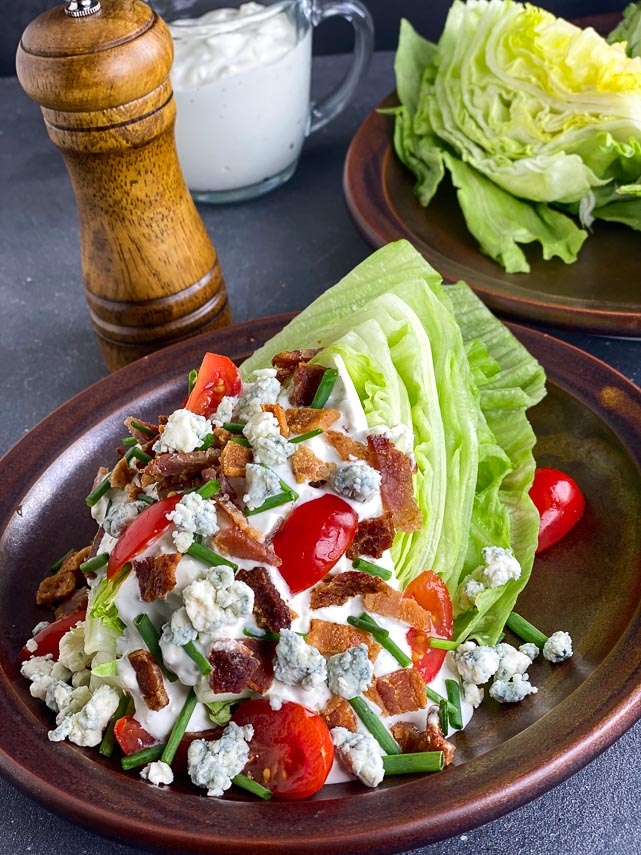

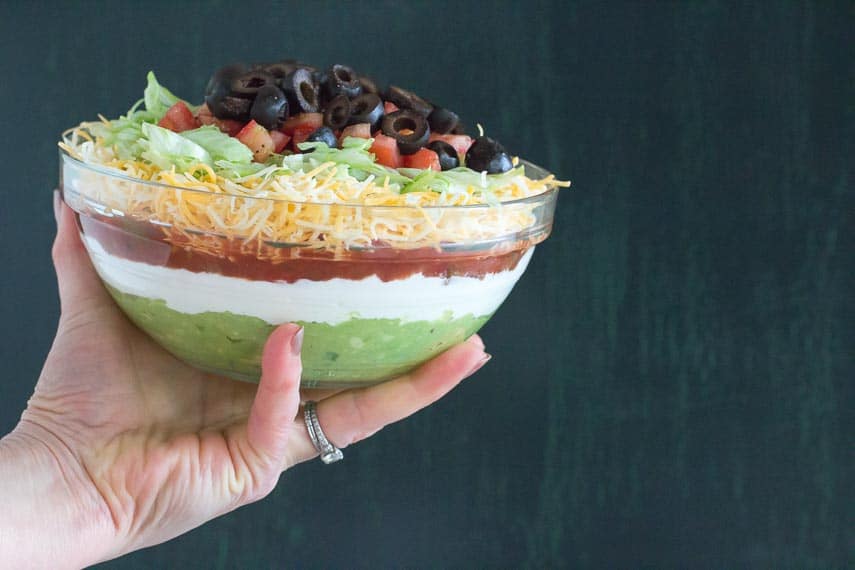
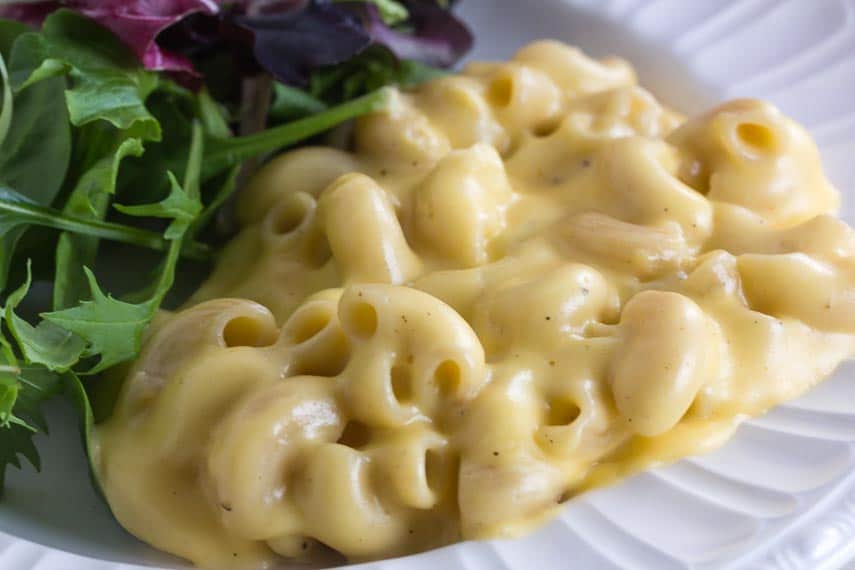

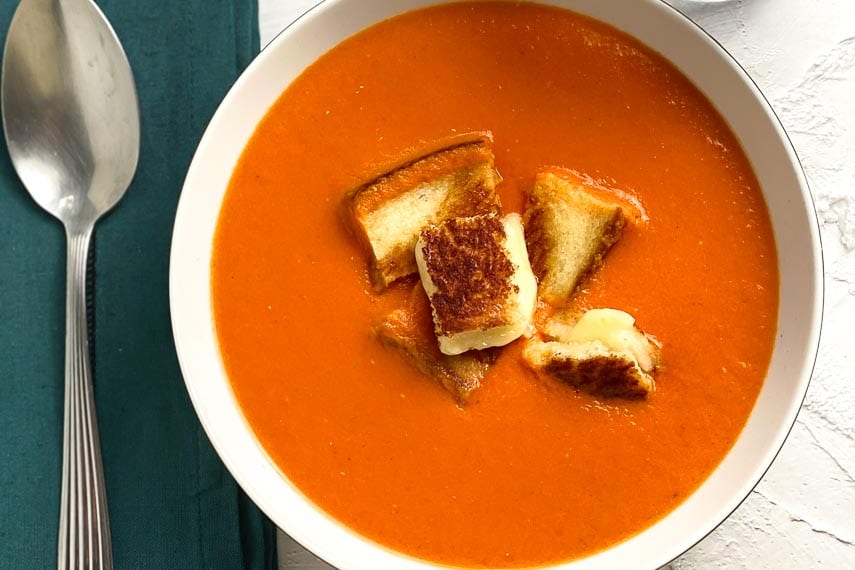
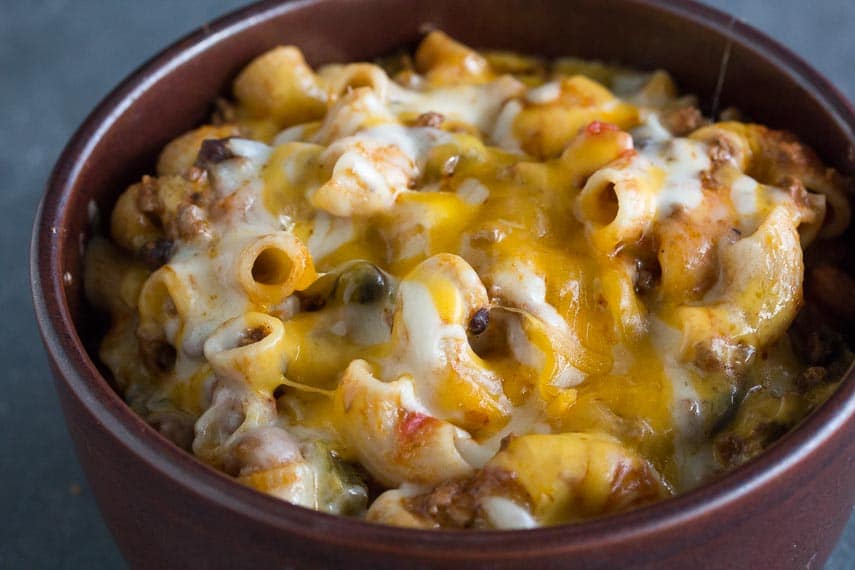


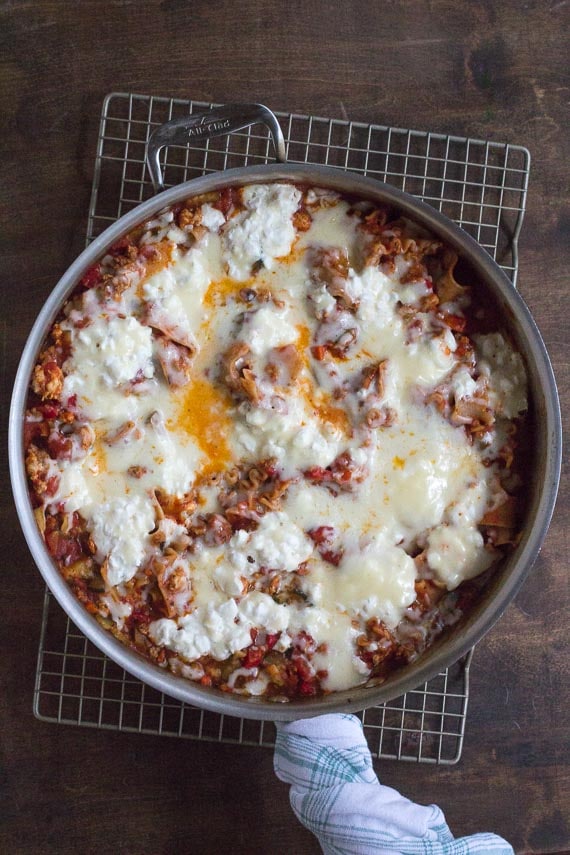
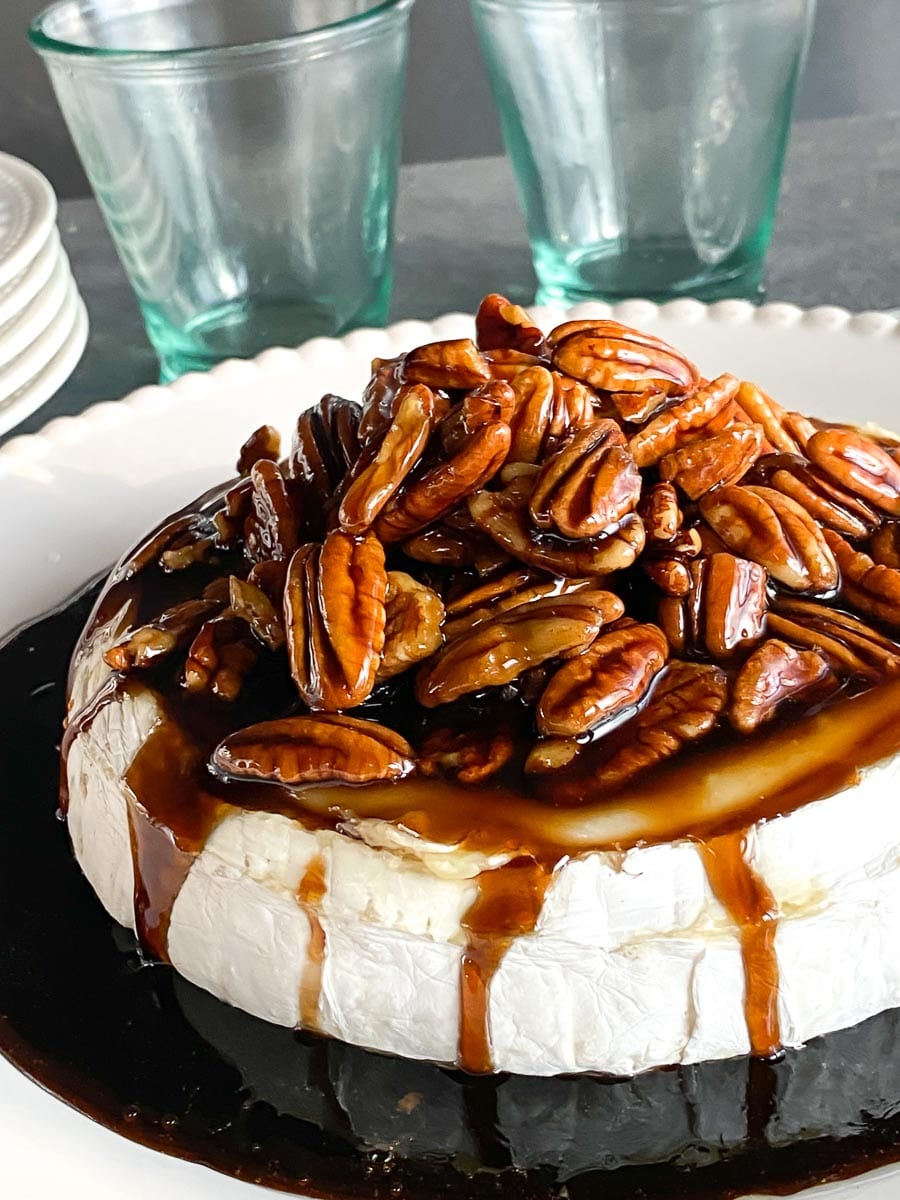
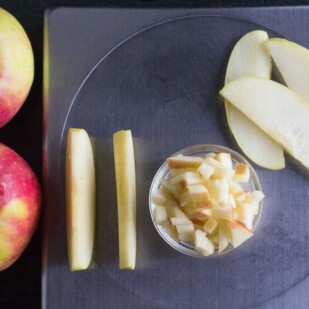
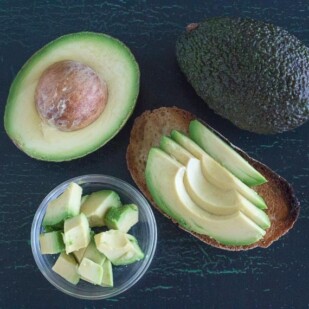





FYI, the fontina cheese in your photo is not Danish, as in made in Denmark. It is made in Denmark, WIsconsin I though where BelGioso is located.
Thank you